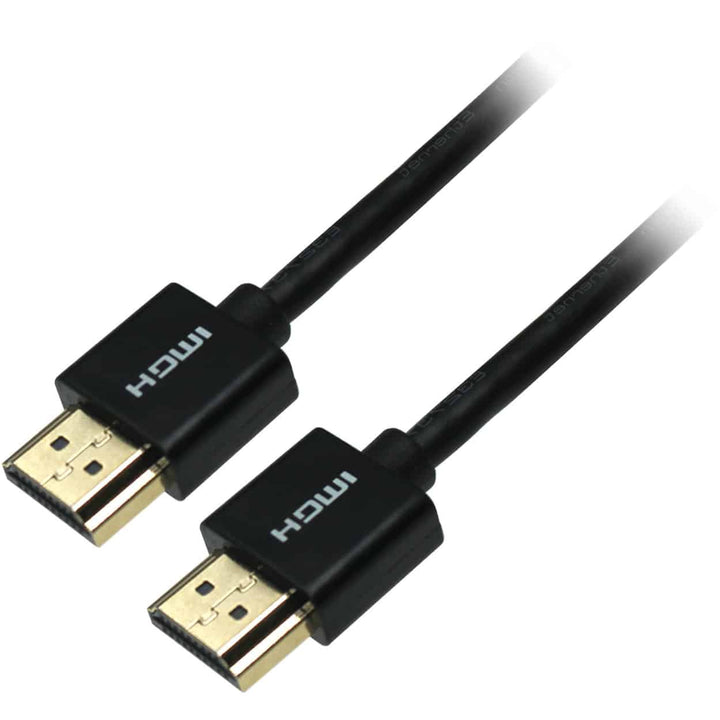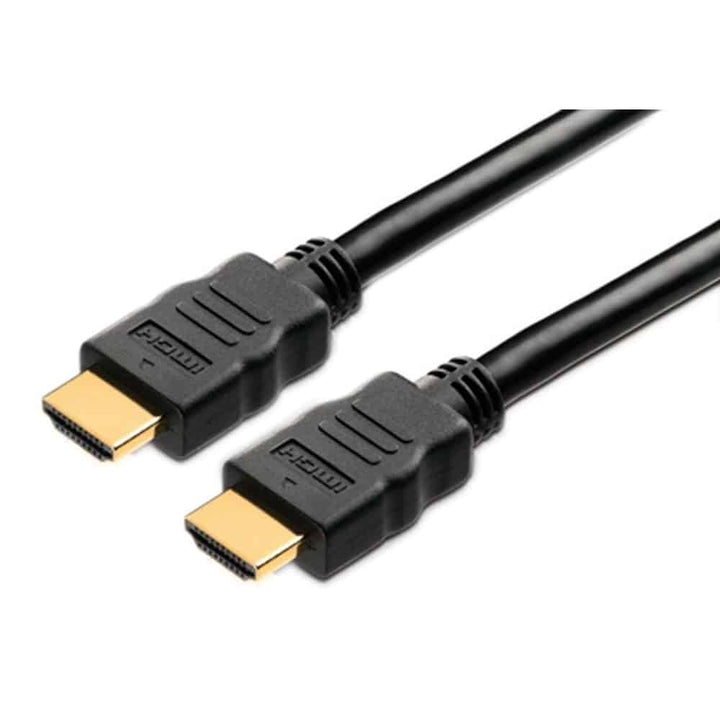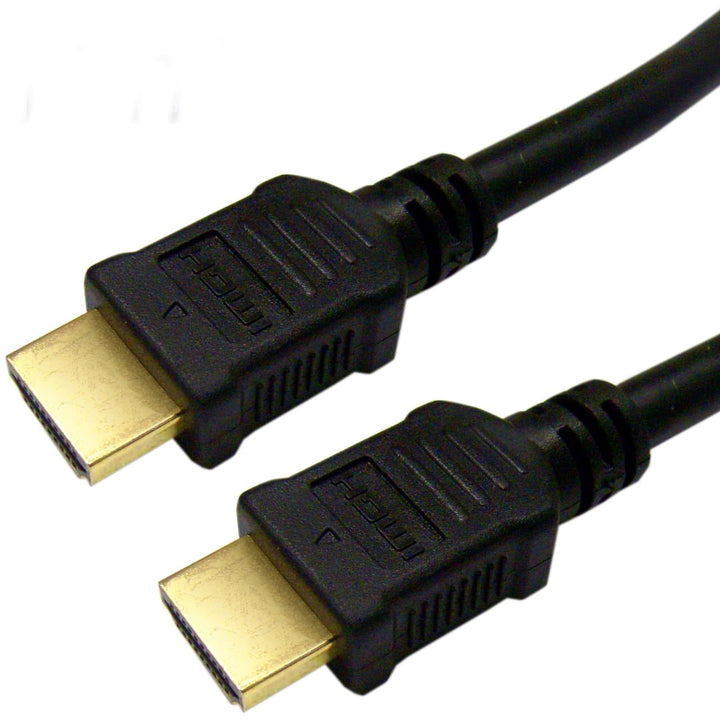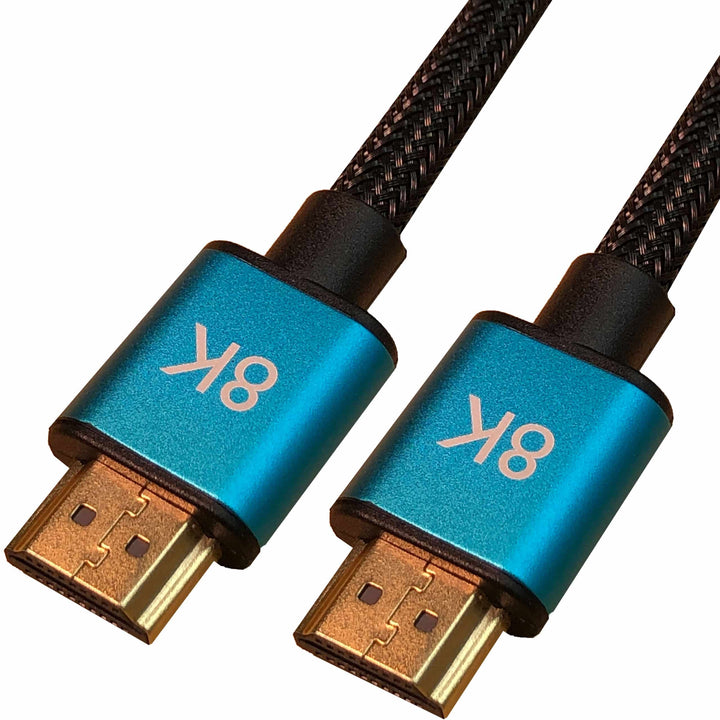Evolution of HDMI Cables: From Analog to High-Definition Digital Connectivity
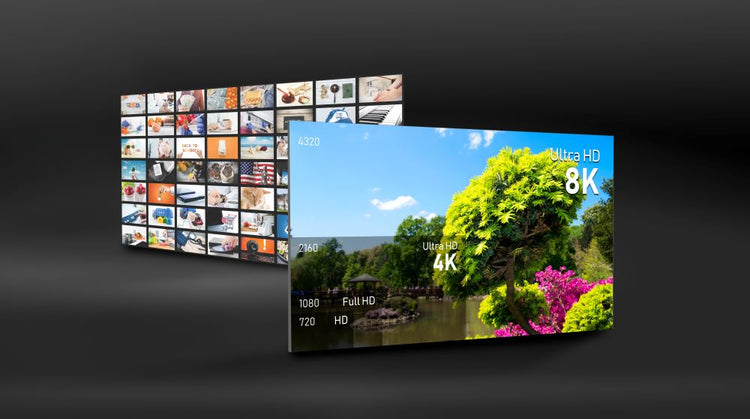
HDMI (High-Definition Multimedia Interface) cables have revolutionized the way we connect our devices, delivering high-quality audio and video signals in a single cable. Over the years, HDMI technology has evolved significantly, offering improved performance, enhanced features, and greater compatibility with modern devices. In this blog, we'll explore the fascinating journey of HDMI cables from their inception to the present day.
Featured 4XEM A/V Products
The Birth of HDMI
HDMI cables made their debut in 2003, designed to address the limitations of existing analog video interfaces. Developed by a consortium of leading technology companies, including Sony, Philips, Panasonic, and Toshiba, HDMI aimed to provide a standardized digital connection for consumer electronics. With support for both audio and video signals, HDMI quickly gained popularity as the preferred interface for high-definition content.
Transition from Analog to Digital
One of the most significant advantages of HDMI over its predecessors, such as VGA and DVI, was its ability to transmit digital signals without loss of quality. Unlike analog connections, which are susceptible to interference and degradation, HDMI ensured a pristine viewing experience, making it ideal for HD televisions, Blu-ray players, and gaming consoles.
Evolution of HDMI Versions
Since its introduction, HDMI has undergone several revisions, each bringing new features and improved performance. The transition from HDMI 1.0 to the latest HDMI 2.1 standard has seen significant advancements in bandwidth, resolution support, and feature enhancements. With each iteration, HDMI cables have become capable of handling higher resolutions, refresh rates, and color depths, catering to the demands of modern multimedia content.
Enhanced Audio and Video Capabilities
As consumer electronics evolved, so did the requirements for audio and video transmission. HDMI cables have kept pace with these advancements, introducing support for immersive audio formats like Dolby Atmos and DTS:X, as well as high dynamic range (HDR) video standards such as HDR10 and Dolby Vision. These features enhance the viewing and listening experience, bringing cinema-quality entertainment into the living room.
The Rise of 8K and Beyond
With the advent of 8K resolution displays, HDMI technology faced new challenges in delivering ultra-high-definition content. HDMI 2.1 emerged as the solution, offering increased bandwidth of up to 48 Gbps to accommodate the massive data requirements of 8K video at higher frame rates. Forward-looking features like Variable Refresh Rate (VRR) and Quick Frame Transport (QFT) ensure smooth gaming and multimedia playback on next-generation displays.
Future Innovations and Connectivity
Looking ahead, HDMI continues to evolve to meet the ever-expanding needs of consumers and content creators. Emerging technologies such as HDMI Alt Mode for USB-C enable seamless connectivity between devices, while advancements in cable construction and materials ensure reliable performance over long distances. As the digital landscape evolves, HDMI remains at the forefront of high-definition connectivity.
The evolution of HDMI cables represents a remarkable journey from analog to digital, ushering in a new era of high-definition multimedia connectivity. With each iteration, HDMI has pushed the boundaries of what's possible, delivering unparalleled audiovisual experiences to consumers worldwide. As we embrace the future of technology, HDMI remains an indispensable component in the quest for immersive entertainment and seamless connectivity.

